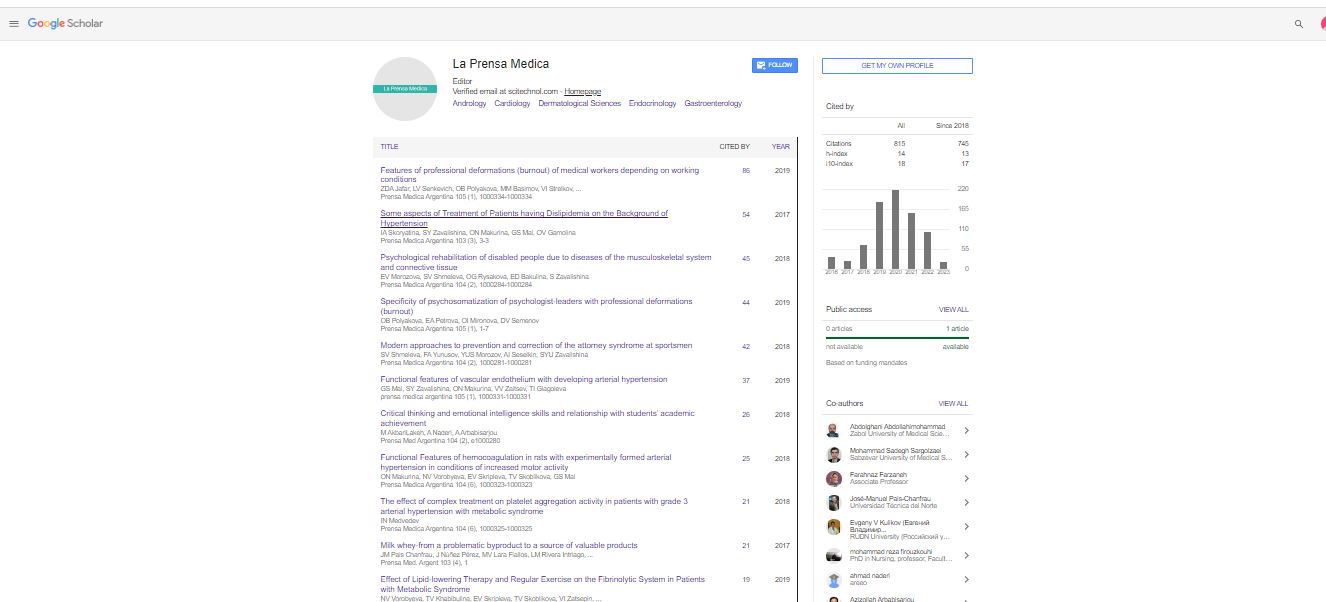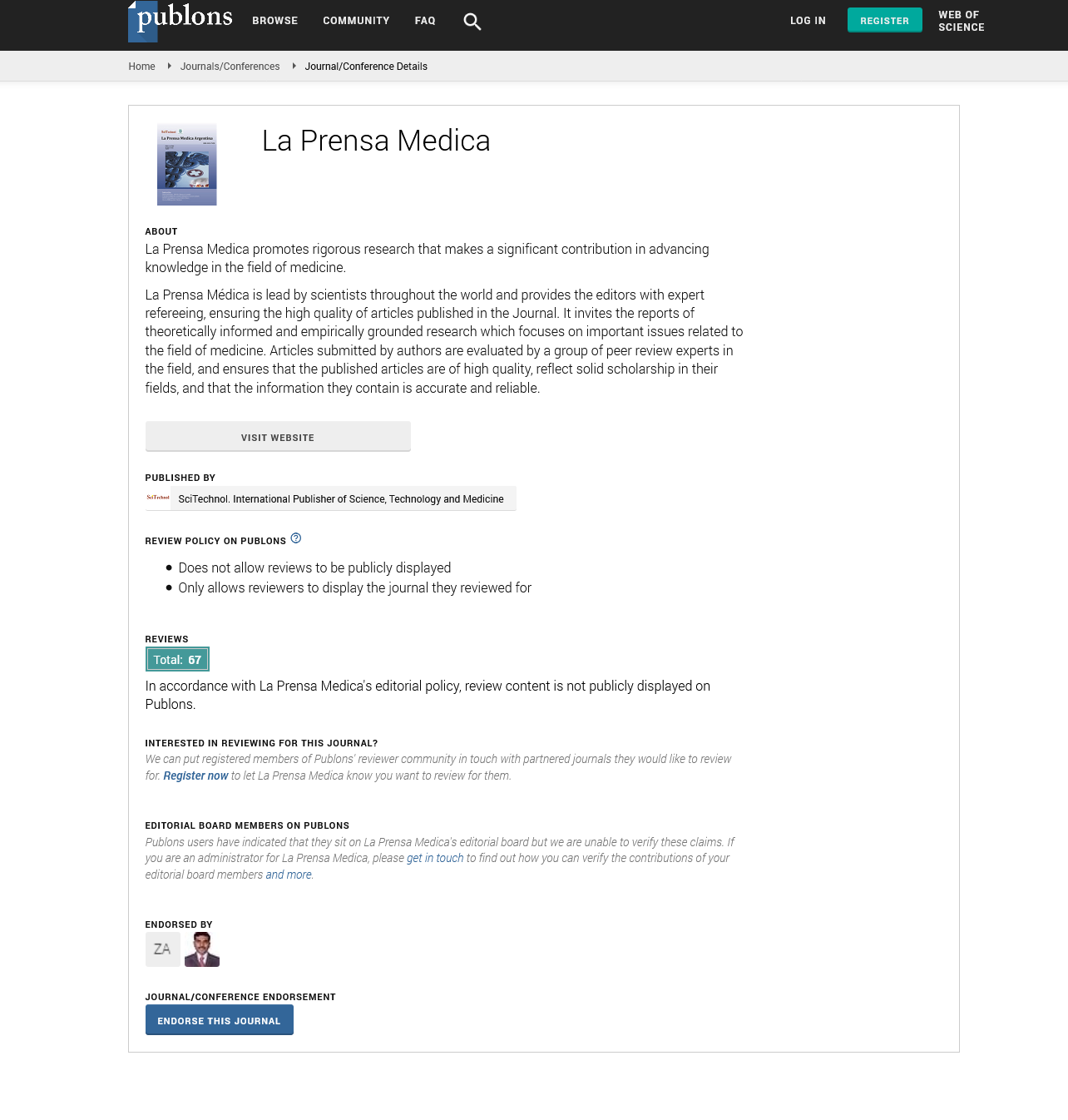Research Article, Prensa Med Argent Vol: 102 Issue: 6
Factors Influencing Physical Activity Patterns in Obese and Non-Obese Children: Results from OBEY-AD Study
Abstract
Objectives: The aim of the present study was to analyze patterns of Physical Activity (PA), concentrating on evaluating dietary patterns according with PA levels, in underweight/normal weight and overweight/obese (OWO) children across three geographical areas worldwide.
Methods: OBEY-AD is an international study enrolling 2720 children aged 3-11 years from school settings of metropolitan areas in South America (Mexico, Chile, Argentina, Brazil), Europe (Italy, France, United Kingdom, Germany, Georgia), and Asia (India). Children underwent anthropometric assessment. Dietary patterns and lifestyle were investigated through a cultural specific investigation tool administered to children’s parents.
Results: Most of underweight/normal weight and OWO children did physical activity at least once a week or every day. OWO children who did PA at least once a week and every day showed slightly better dietary patterns compared who did PA rarely. Regarding underweight/normal weight children, those
more physically active were more likely to eat more frequently fruits (p-value<0.001), vegetables (p-value<0.001), and meat (p-value<0.001). However, they ate slightly more frequently fried food, sweet and salty snacks (p-value<0.001). Interestingly, parent’s perception of a quality diet (in terms of pleasant family mealtimes and varied diet) seemed to influence PA in both OWO and underweight/normal weight children.
Conclusions: Interestingly, parental perception of healthy diet may result in better PA patterns. However, it should be further analyzed what it means for families the concept of “varied and healthy diet” in order to understand if it really corresponds to the one proposed by international guidelines.
 Spanish
Spanish  Chinese
Chinese  Russian
Russian  German
German  French
French  Japanese
Japanese  Portuguese
Portuguese  Hindi
Hindi 

